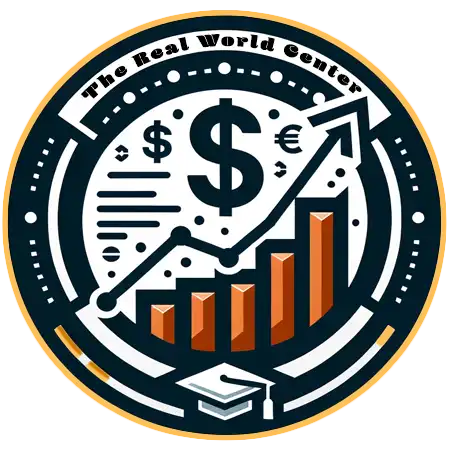Industry Analysis
ndustry analysis, also known as sector analysis, is the process of evaluating the characteristics, trends, opportunities, and challenges within a specific industry or sector of the economy. It is a fundamental component of business and investment research, helping stakeholders gain insights into the competitive landscape and market dynamics. Here’s a guide on conducting industry analysis:
1. Define the Industry:
- Start by clearly defining the industry or sector you intend to analyze. Industries can be broad or narrow, such as the technology sector, healthcare industry, or renewable energy sector.
2. Gather Industry Data:
- Collect comprehensive data on the industry, including market size, growth rate, and historical performance. You can obtain this information from government reports, industry associations, market research firms, and financial databases.
3. Identify Key Players:
- Determine the major companies or organizations operating within the industry. This includes market leaders, competitors, and emerging players. Assess their market shares and financial performance.
4. Analyze Market Trends:
- Evaluate recent and emerging trends in the industry. This could include shifts in consumer behavior, technological advancements, regulatory changes, and evolving market dynamics.
5. Porter’s Five Forces Analysis:
- Apply Michael Porter’s Five Forces framework to assess the industry’s competitive environment. Consider the bargaining power of suppliers and buyers, the threat of new entrants, the threat of substitute products or services, and the intensity of rivalry among existing competitors.
6. SWOT Analysis:
- Conduct a SWOT (Strengths, Weaknesses, Opportunities, Threats) analysis for the industry. Identify the internal and external factors that can impact the industry’s performance.
7. Market Segmentation:
- Divide the industry into relevant market segments based on factors like demographics, geography, product types, or customer needs. This helps in understanding specific target markets within the industry.
8. Regulatory Environment:
- Examine the regulatory framework governing the industry, including laws, standards, and compliance requirements. Understand how regulations may impact business operations and market entry.
9. Competitive Landscape:
- Analyze the competitive landscape by assessing the market share, competitive strategies, strengths, and weaknesses of key industry players. Consider factors like pricing, product differentiation, and market positioning.
10. Supply Chain Analysis:
diff
- Understand the supply chain dynamics within the industry, including the role of suppliers, manufacturers, distributors, and retailers. Identify potential bottlenecks or vulnerabilities.
11. Technology and Innovation:
sql
- Assess the role of technology and innovation within the industry. Identify emerging technologies that could disrupt traditional business models or create new opportunities.
12. Economic Factors:
vbnet
- Consider economic indicators such as GDP growth, inflation, and interest rates that can impact the industry's overall health and performance.
13. Demographics and Consumer Behavior:
diff
- Examine demographic trends and changes in consumer behavior that may influence demand for products or services within the industry.
14. Environmental and Sustainability Factors:
csharp
- Evaluate environmental and sustainability concerns, as they can affect regulations, consumer preferences, and market opportunities within certain industries.
15. Future Outlook:
vbnet
- Based on your analysis, make projections about the industry's future performance, opportunities, and challenges. Consider factors like market saturation, emerging markets, and potential disruptors.
16. Risk Assessment:
csharp
- Identify potential risks and uncertainties facing the industry, such as economic downturns, geopolitical factors, or changing consumer preferences.
17. Recommendations:
rust
- Provide recommendations or insights based on your analysis. These could include investment opportunities, strategies for market entry, or areas for innovation and improvement.
Industry analysis serves as a foundation for business strategy, investment decisions, and market entry strategies. It helps stakeholders make informed choices and adapt to the ever-changing dynamics of their chosen industries.
